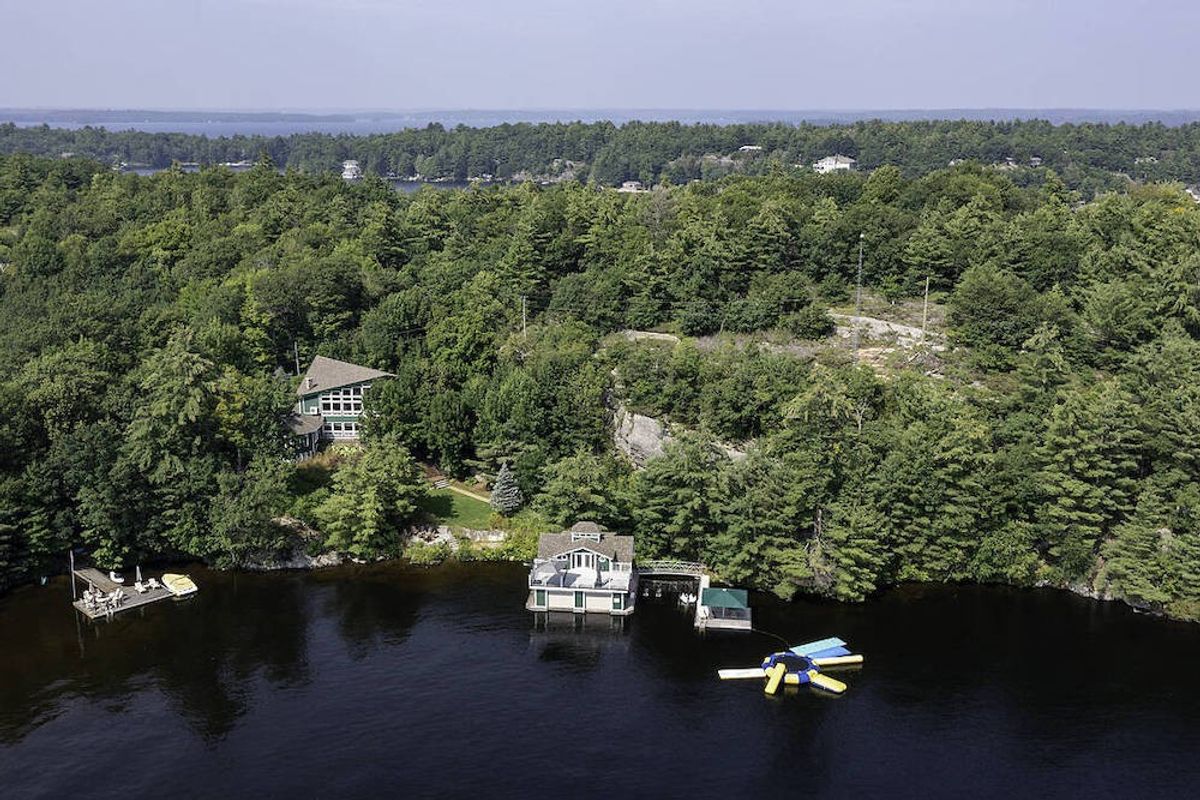It’s a sad reality that many seniors reach retirement age without many savings. Due to the high rental costs of living, many cannot afford to downsize, a factor that contributes to the housing shortage and the affordability crisis in major cities across Canada.
This has set the trend of reverse-mortgages on a roll. Applications for reverse mortgages have actually tripled over the past year. The reverse mortgage sector has expanded at a rate of 25 per cent per year.
READ: Seniors Who Delay Downsizing Will Impact Housing For Today’s Youth
For those seniors sitting on a large property in an urban centre, the financial payoffs can be hard to resist. If you are 55 or older, you can borrow as much as 55 per cent of the value of your home. So long as senior homeowners continue to pay the property tax and insurance and maintain the home to a decent standard, the principal and compound interest don’t have to be paid back until you sell the home or die! While escaping debt through death may be an attractive idea to some – homeowners need to reflect on who will end up paying the lender. Potential heirs will be left with even less inheritance – perhaps none at all.
“We’ve only been in this market for 18 months, but applications are jumping,” says Andrew Moor, chief executive officer at Equitable Group Inc.. “Canadians are getting older and there is an opportunity there.” With outstanding balances on reverse mortgages doubling in less than four years to $312 billion, they represent less than one percentage point of the $1.2 trillion of residential mortgages issued by banks. Reverse mortgages rose 22 per cent in June from the same month a year earlier.
READ: These Are 5 Of The Best Neighbourhoods In Toronto For Seniors
Still, financial experts say that a reverse mortgage should only be used as a last resort. “When they think of their cash flow, they’re not going to get kicked out of their house, but in reality, it really has the ability to erode the asset of the borrower,” Shawn Stillman, a broker at Mortgage Outlet, told BNNBloomberg.
In addition, the interest rates on a reverse mortgage are higher than normal mortgage rates. For example, HomeEquity Bank and Equitable Bank charge 5.74 per cent for a five-year fixed mortgage compared to the 2.4 per cent fixed rate on a typical five year mortgage. You could be subject to a penalty if you sell the home or pass away within three years of taking out the reverse mortgage.
So far, Canada’s big five banks have shied away from the product. Only two lenders offer them in Canada. HomeEquity Bank, whose reverse mortgage has been on the market for 30 years, dominates the space with $3.11 billion on its books. Equitable Bank, a relatively new player, has $10.1 million. Shares in parent Equitable Group have surged 75 per cent to a record this year.
READ: Toronto City Council Approves New Seniors Housing Corporation
HomeEquity Bank breaks it down to make the whole reverse mortgage scheme easier to understand. Let’s say you had a borrower take out a reverse mortgage of $150,000 at an interest rate of 5.74 per cent. The borrower would owe $199,058 five years later. So a home worth $750,000 when the reverse mortgage was taken out would be worth $869,456 five years later, assuming 3 per cent annual home price appreciation. Big picture: the total equity would have grown by about $70,000.
While the reverse mortgage can appear to be a solution to a cash flow shortage, it can be an expensive way to access your home’s value.
For some seniors, however, it’s their only option.





















